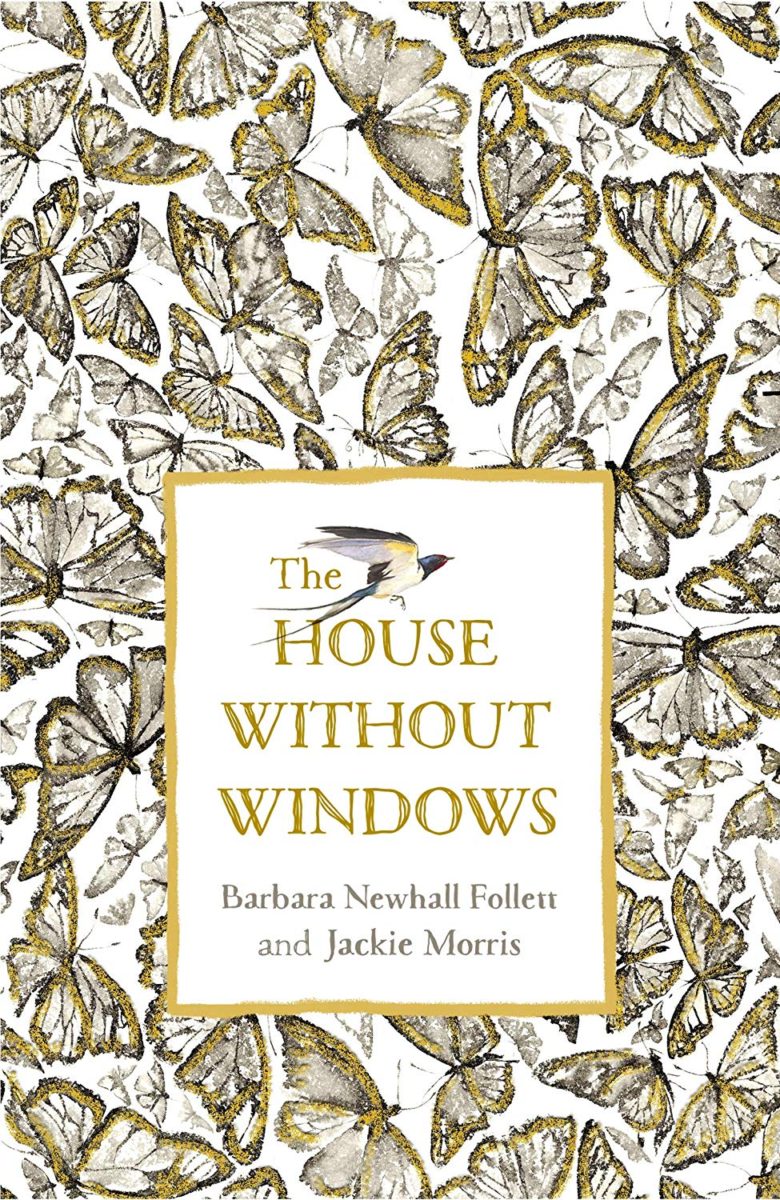The charm of this book lies, at least partly, in the author’s personal history. Barbara Newhall Follett’s original manuscript was finished just a few days after her ninth birthday, only to be lost in a fire. The version that is published is her painstaking reconstruction completed aged twelve. To be a published author at such a young age is remarkable to say the least, but a second fact makes her story even more compelling – her mysterious disappearance aged 25. She walked out of her home, out of a less than successful marriage and was never seen again.
It’s impossible not to see the author herself in her protagonist Eepersip – a spirited wild child with an overwhelming desire to escape. Her rejection of domestic and social life is wholehearted – and the traps the adults in the novel lay to try and capture her are sinister reminders of the strictures imposed by familial life – and civilization. Eepersip is only too delighted to leave her parents and to avoid all human society; she disdains all signs of domesticity.
* Spoiler alert* First she sheds her shoes, and then her clothes, in favour of a dress woven from ferns, and as the story progresses she becomes less human and increasingly nymph-like: ‘As Eepersip danced along, it seemed as though her feet barely touched the ground. The flowers and grasses swayed gently beneath her, but they were not crushed.’ The flowers she weaves into her dress and crown do not wither, but stay fresh and sweet. Later she appears as if from nowhere – much to the dismay of her little sister who begins to recognise Eepersip’s strangeness. By the time she meets the farmers, the last human encounter in the book, Eepersip has lost human speech altogether, and instead is likened to a ‘rain fairy’. The final section of the novel is increasingly mystical as she heads for the mountains, focussed on ‘a dreaming peak caressed with fingers of mist’ and a sky ‘flushed with magic’.
Whereas Fleuriss (the younger sister) is offered a moment of transcendance – in sunset hues she imagines herself inside a giant rose (was this child author aware of her references?) but the rose-light fades. Fleuriss is ultimately too attached to the human world and to the family unit; the wild, untamed life is only a temporary phase for her before she returns home. Eepersip, by contrast, does transcend her human life – and heeds the call of the blue mountains. This literal ascension completes her transformation, she becomes a weightless, floating being and by the closing sentences she has ‘vanished’, and is ‘invisible for ever to all mortals, save those few who have minds to believe’. She ends at last, fully a ‘Spirit of Nature’.
I expected this to be a fairly straightforward and two-dimensional story about the love of the wild and beauty in nature – it is so much more. The careful progression of Eepersip’s story, set against the foil of her sister, is surprisingly rich. There’s a soulful quality here too (I can’t help thinking of Conan Doyle’s faith in the Cottingley fairies) – both the author’s desire for escape and Eepersip’s point to the limitations of an earthly, human life, and a longing for a fairy world that in reality we cannot reach.
